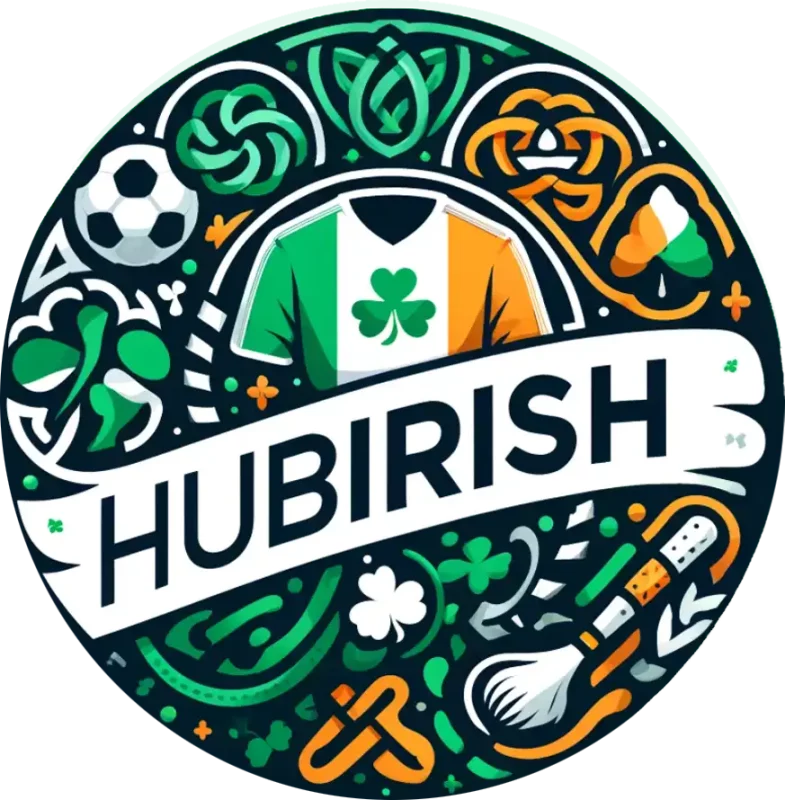Uncategorized
The Day the Rebels Danced: A Tale of Irish Pride
🇮🇪 “The Day the Rebels Danced: How an Irish Ceili Became the Spark for a Revolution”
Estimated reading time: 7 minutes
Key Takeaways
- The ceili acted as a catalyst for the Irish War of Independence.
- Dancing became a symbol of resistance against colonial oppression.
- The spirit of the ceili continues to inspire modern movements for change.
Table of Contents
Introduction
The Heart of the Story
The Wider Echo
The Now & The Next
Did You Know?
FAQs
Final Word
Introduction
Ah, gather round, my friends, as we weave a tale from the heart of the emerald isle, a story of raucous laughter, rebel yells, and the dance of fate itself! Picture it: a humble ceili in the backroom of a pub, the kind where the walls seem to hum with history and the air grows thick with longing. Here, in a swirl of swirling skirts and tapping feet, the very spirit of rebellion ignites, leading us to moments that would change a nation forever. This isn’t just a dance; it’s the fervor of a people yearning to break free, to rebel, and to feel alive in every sense of the word.
The Heart of the Story
It was the early 1920s in Cork, a county steeped in the freshness of both cider and struggle. Local folk would gather at the local hall, where the music filled the night air like an ancient spell, the strains of fiddles and accordions curling around their hearts. On one fateful night, the floorboards could hardly contain the energy; they vibrated with dreams of a liberated Ireland. Each jig and reel wasn’t just a show of footwork; it was a testament to their spirit, a defiance against the dark clouds of oppression hovering above them.
In that hall, seated under glaring lights and surrounded by the intoxicating scent of stout, the laughter rolled, and the chatter grew louder. From the corner, a young lad, a fiery rebel with the heart of a lion, declared, “Let every step echo the call for freedom!” And so they danced, sweat mingling with the bravado, until the night embraced them in its arms, casting aside fear and igniting a flame that would soon spark the rebellion that shook the very foundations of empire.
The Wider Echo
But this wasn’t merely a snapshot of joy; this was an echo from the past, a dagger aimed directly at the heart of colonial rule. As those feet flew in unison, they became a united front—a declaration that the spirit of Ireland could not be quenched. Each twirl and twostep sent shockwaves through the country, and soon, whispers of revolution filled the alleys and fields from Dingle to Donegal. It’s as if the very ghosts of the fallen rose up, joining the raucous band of dancers, turning every ceili into a rallying cry.
As Connolly once said, “The great only appear great because we are on our knees. Let us rise!” Those wild nights transformed from idle revelry to a tapestry woven with ambition, fury, and the indomitable will of the people. When the music played, the walls of oppression trembled, and the rebels realized the power of dance as both a weapon and a balm for longing souls. In a world still riddled with borders and barriers, they became emboldened anarchists, lighting bonfires of hope and causing rifts through the rhythm of their feet.
The Now & The Next
Fast forward to today, and the echoes of that great ceili still resonate within every pulse of Irish identity. Look around, and you’ll see those young lads and lassies in vibrant Kerry jerseys dancing at the crossroads—be it Dublin or Dubai. The spirit is alive. And yet, it’s tough at times; the scars of our history still ache in the housing crisis, with many families torn apart by circumstance. Our music still flows, but how can we dance when the weight of our past pulls at our heels?
But dance we must. For in the response lies resilience. There’s a new ceili unfolding each day, where young voices are rising, filling the streets from Belfast to the Bronx, driven by the hope of change. They carry not only the scars of history but a contagious hope—each beat a promise that striving for better lives beats as fervently as it did during those evenings in Cork. So, my friends, let us twirl our bodies not out of disbelief, but of sheer tenacity, knowing that each step is a shout against the present struggles.
Did You Know?
- During the Irish War of Independence, dancing in pubs and community halls became a form of non-violent protest, helping boost morale among revolutionaries and civilians alike.
- The famous song “The Ballad of the Irish Brigade” sung during these ceili gatherings became an anthem for many fighting for their rights and culture throughout the diaspora.
FAQs
Why is the ceili so significant in Irish culture?
Ceilis are not just dances; they are the heartbeat of Irish heritage! They bring communities together, preserving folklore and history while fostering a thriving spirit of rebellion. You can find more history related to Irish culture in our cultural section.
How can I experience a true Irish ceili today?
You needn’t travel to Cork! Seek out local Irish cultural events in your area, or join an online ceili class—they might even help you learn the dance that could awaken your inner rebel!
Final Word
So, dear friends, as we raise our glasses to the past, present, and those who will dance tomorrow, let’s remember: the spirit of rebellion is alive and well, coursing through weary veins everywhere. So take pride in your roots, remember those who paved the way, and never forget the power of a good ceili! Just know, if you carry the same pride we do, you’ll find a piece of home waiting at
HubIrish.com.
